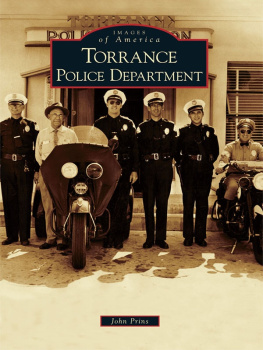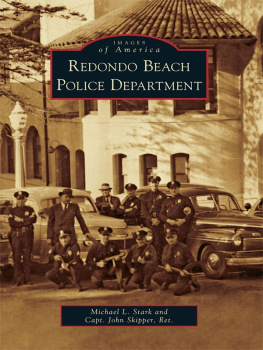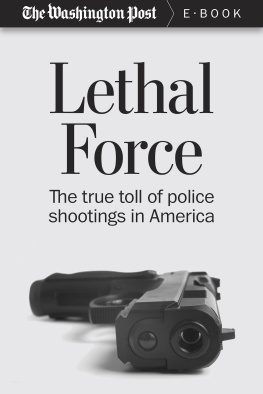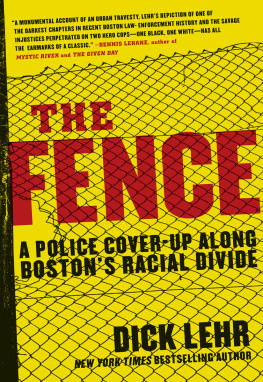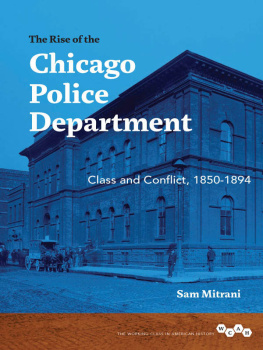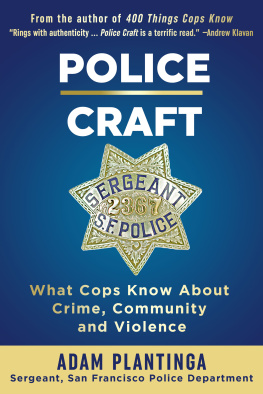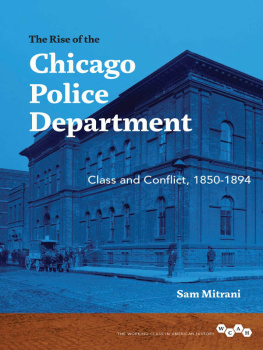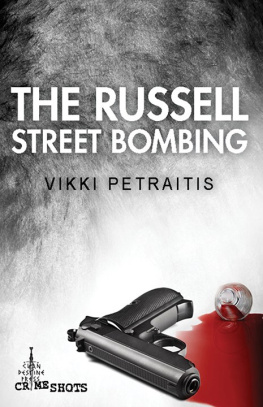LET IT BURN
LET IT BURN
MOVE, the Philadelphia Police Department,
and the Confrontation that Changed a City
Michael Boyette and Randi Boyette
Let It Burn
Quadrant Books
Published by arrangement with the authors.
Copyright 1989 by Michael Boyette and Randi Boyette
All rights reserved. No part of this book may be reproduced, scanned, or transmitted in any form or by any means, electronic or mechanical (including photocopying, recording, or information storage and retrieval) without permission in writing from the publisher. For information please contact us by email at or by writing us at the following address:
Endpapers Press
PMB 212
4653 Carmel Mountain Road, STE 308
San Diego, CA 92130-6650
eISBN: 978-1-937868-33-8
ISBN: 978-1-937868-32-1
Cover design by Rtor John Maghuyop
Cover photo by Sam Psoras (Fleeing Powelton); Used with permission of Philadelphia Inquirer Copyright 2013. All rights reserved.
Library of Congress Control Number: 2013950633
Visit our website at www.endpaperspress.com.
Quadrant Books are published by Endpapers Press,
a division of Author Coach, LLC.
The Quadrant Books logo featuring a Q in the form of a compass is a trademark of Author Coach, LLC.
This book is dedicated to the memory of Reuben Pearl, whom we honor as a writer and our zayde. The world is less without him.
Contents
Preface to the Second Edition
In 1989just four years after the City of Philadelphia bombed a house, destroyed a neighborhood, and killed eleven peoplethe first edition of Let It Burn was published. It is a strange and humbling thing to look back on this story, written 25 years ago by a couple of twenty-something writing partners. There are occasional words and phrases that now make us cringe (though the most egregious, thankfully, were excised by our original editor, the legendary Bernard Shir-Cliff). There are things we missed, and others that have only become clear with the passage of time.
But whatever the limitations of the storytellers, the story itself endures.
A group of revolutionaries barricade themselves in a tiny row house in working-class Philadelphia. Many are related by blood, and all are connected to their mysterious charismatic leader, John Africa. Outside the house is the assembled might of a major metropolitan police force, which has literally prepared for war. Fifty-caliber machine guns surround the house. Heavily armed assault teams try to take the house, using guns, tear gas, and homemade grenades. A bomb is dropped from a helicopter.
In the end, unspeakable tragedy. Men, women, and children are burned to death. Only two survivors escape. Three city blocks look like Hiroshima. More than fifty families are left homeless and virtually empty-handed.
The scars have never really healed. This book has been out of print for more than two decades, yet it is the piece of writing that we are asked about most often. Over the years, weve received inquiries from playwrights, filmmakers, academicians, activists, conspiracy theorists, and ordinary people. At some point, it occurred to us that more and more of the people who were asking us about MOVE and the events of May 13, 1985, werent even born at the time.
So now the story is no longer news but history. Which makes it a good time to retell it.
Among all the people who approached us during those years were two filmmakers, newly minted from the University of Floridas documentary film school. Jason Osder and John Aldrich were neither the first nor last people with the idea of creating a film about the confrontation, but they were certainly the most persistent. The subject is a daunting one to film; it spans more than ten years of conflict, including two bloody police confrontations under two different mayors. Its a complex and nuanced story that risks being distorted by the limitations of film. Jason and his team struggled with those limitationsas well as legal hurdles involved with clearing the rights to news footagefor some twelve years.
In the end, the filmmakers took a unique approach, using only archival footage to tell the story the way it unfolded and the way it was understood at the timenot as it has been remembered and interpreted in the intervening years. The resulting filmLet the Fire Burnis a powerful and visceral experience.
When we first wrote this book, we simply wanted to let the story speak for itself. In keeping with that approach, weve chosen to republish Let It Burn in its original form. Aside from a few minor edits and corrections and the inclusion of one brief scene that was accidentally omitted from the first edition, it stands as a reflection of the times in which it was written. Despite its flaws and limitations, we believe that we rendered a fair account, and we stand behind our reporting.
Much has happened in the intervening yearsmore trials, more accusations, more deaths and, we hope, some healing. Those stories have been, and will be, told by others.
We do, however, revisit one of the most important, and divisive, controversies of the time: whether police gunfire prevented people from leaving the burning house. When we first wrote the book, we relied mostly on testimony of witnesses who were outside the houseprimarily police officers and firefighters. There were only two living people who knew what had happened inside the houseMichael Moses Ward and Ramona Africa. Michael was a 13-year-old boy, whose testimony was confused and sketchy, and Ramona wasnt talking.
In 2007, we had an extraordinary opportunity to interview Michael at length. He was a grown man by then, of course, and he provided a detailed and chilling account of the events in the house on May 13, as well as of his life in MOVE. In a new epilogue, we reveal his story and look at how it squares with the testimony of others on the scene. We also touch on what Ramona Africa has since said publicly about the events in the house; however, she has declined to be interviewed by us.
For this new edition, we thank again all the people who assisted in our original effort to tell this story. Were also grateful to the countless people over the years who have been kind enough to tell us how this book affected them. In particular, wed like to acknowledge Jason Osder and his documentary team, whose persistence in the face of seemingly overwhelming obstacles has brought the story of the MOVE confrontation to new audiences, and whose generosity in sharing Michael Wards interview with us added another dimension to this account. In addition, we are grateful for the contributions of Daniel Boyette, who provided research and fact-checking assistance for the new edition.
Michael and Randi Boyette
August 2013
Authors Note (1989)
In the summer of 1986, I was chosen to serve on a Philadelphia grand jury investigating the worst fire in the citys history. What I saw and heard during my two-year service on the grand jury prompted me to investigate as fully as I could the circumstances that are related in this book.
In the interests of fairnessand to avoid going to jailI must, however, explain how this book was written. The grand jury met in secret, and the jurors are under an oath to keep the proceedings secret. This book does not violate that oath. Virtually all of the evidence we heard and sawthe transcripts of the months of testimony and the dozens of pieces of physical evidence that were presented to usis sealed by the court. The only public statement of the grand jury consists of a 279-page report issued in May 1988.
Next page

